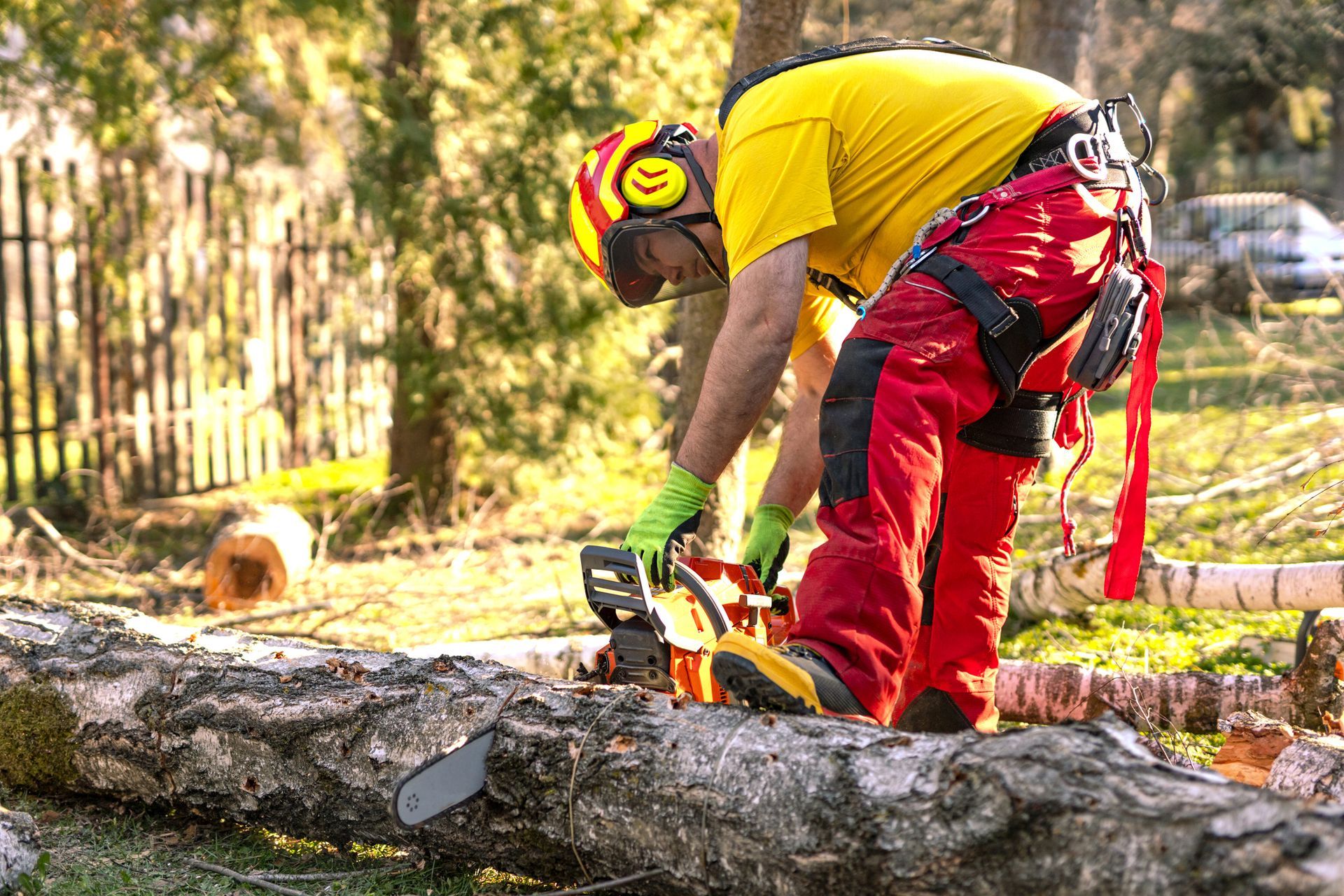5 Interesting Facts About Sugar Maples
By Admin • April 3, 2019
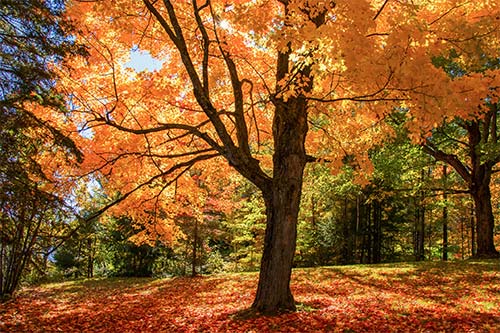
Sugar maples are such tall, majestic trees. Native to Missouri, they do well in many St. Charles and Jefferson County yards, providing homeowners with shade and beauty. But even if you have a few sugar maples in your yard, you may not know very much about these classic trees. The sugar maple is about more than just syrup! Here are five interesting facts about this intriguing tree species, Acer saccharum.
1. Sugar Maples Don't Produce as Much Syrup as You Think
When you buy maple syrup at the store, the volume of syrup you buy is a lot less than the volume of sap that went into producing it. The tree sap is boiled down to remove much of the water, concentrating the syrup into the product you're used to enjoying.
Assuming the tree's sap is about two percent
sugar, it will take 40 gallons of sap from the tree to make one gallon of syrup. The average sugar maple tree produces about 10 to 20 gallons of sap — so you'd have to tap several trees to make just one gallon!
2. Sugar Maples Are Highly Adaptable
Sugar maples grow well in USDA zones 3 to 8, which encompasses much of the United States. They don't grow along the more southern Pacific Coast, in southern Florida, or along the Gulf Coast, but other than that, they span from sea to sea.
The sugar maple's huge growing zone is possible because of its adaptability. It tolerates soggy soil, droughts, and even some shade. As such, if you have a large yard with questionable soil quality, sugar maples are good trees to plant. These trees are also cold-tolerant.
3. Sugar Maples Are Best Pruned in August
Most trees are best pruned in early spring when they are dormant. However, if you prune a sugar maple in the spring, it will lose a lot of sap, as this is when the sap is flowing. The best time to prune a sugar maple, then, is in July or August. With the slower sap flow this time of year, the pruning wounds will heal faster, and the tree won't be as prone to fungal infections.
Sugar maples don't require heavy pruning once they're mature, but consistent pruning when the tree is young will ensure it develops a strong, central leader and an attractive shape.
4. Sugar Maples Attract Wildlife
If you love seeing squirrels, rabbits, and other small animals in your yard, plant a sugar maple. These animals feed on the maple seeds, along with the leaves and buds.
Deer are also interested in maple trees, although that's not always a good thing. They sometimes chew the bark or rub their antlers against it, and if they do too much damage, it can impact the tree's growth. Wrapping the bark of young sugar maples, especially, helps protect them from deer damage.
5. Sugar Maples Can Live for 300 Years
When you plant a sugar maple, you are not just adding beauty to your own yard — you are adding beauty to the landscape for future generations to enjoy, too. Sugar maples often live for 300 to 400 years, according to Fire Effects Information System, and the oldest sugar maple in North America is thought to be 500 years old. Known as The Comfort Maple, it grows in the town of Pelham, Ontario and measures more than 80 feet tall.
Now that you know more about sugar maples, you're bound to feel more appreciative when you look out your back door and see some of these lovely trees. If you need help pruning or otherwise caring for your sugar maples, contact County Tree Service
to schedule an appointment.

When you need dependable tree service in Chesterfield, MO , County Tree Service is the name to know. From precision tree trimming to safe removals and storm cleanup, our experienced team handles it all with care and professionalism. We’re dedicated to keeping your yard safe, clean, and beautiful year-round. Call 314-920-7263 today for expert tree service in Chesterfield

For professional tree service in Fenton, MO , trust the experts at County Tree Service. Whether you need tree removal, trimming, or storm damage cleanup, our skilled team is ready to handle the job safely and efficiently. We take pride in keeping your trees healthy and your property looking its best. Call 314-920-7263 today for reliable tree service in Fenton you can depend on!

Need expert tree service in Ballwin, MO ? County Tree Service offers safe, efficient tree removal, trimming, and storm cleanup for homes and businesses. Our experienced crew is dedicated to keeping your property safe and your trees healthy year-round. Call 314-920-7263 today for trusted tree service in Ballwin from

Looking for dependable tree service in Saint Louis, MO ? County Tree Service is your go-to team for expert tree trimming, safe removals, and complete tree care. With years of experience and a commitment to customer satisfaction, we keep your trees healthy and your property safe. Call 314-920-7263 today for professional tree service you can count on in St. Louis!
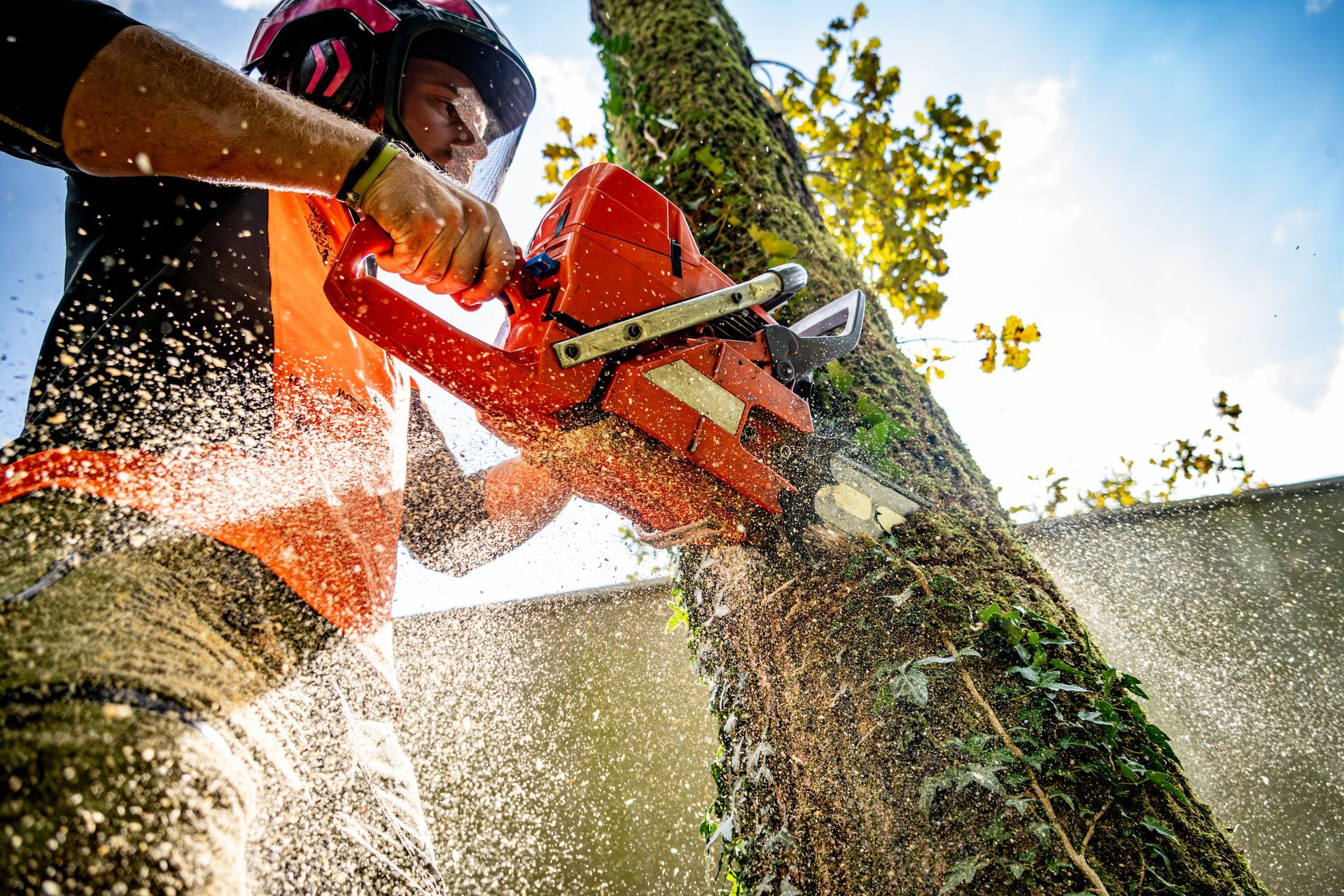
When you need dependable tree services in Fenton, MO , County Tree Service is the local company to trust. We offer comprehensive tree care, including tree removal, trimming, stump removal, and wood chipper services to keep your property safe and beautiful. Fenton’s trees face challenges like storms, pests, and disease—our skilled team is equipped to handle all of these with professional care and attention to detail. Whether it’s routine maintenance or emergency service, we’re ready to help. For reliable tree services in Fenton, MO , call County Tree Service at 314-920-7263 today for a free estimate.
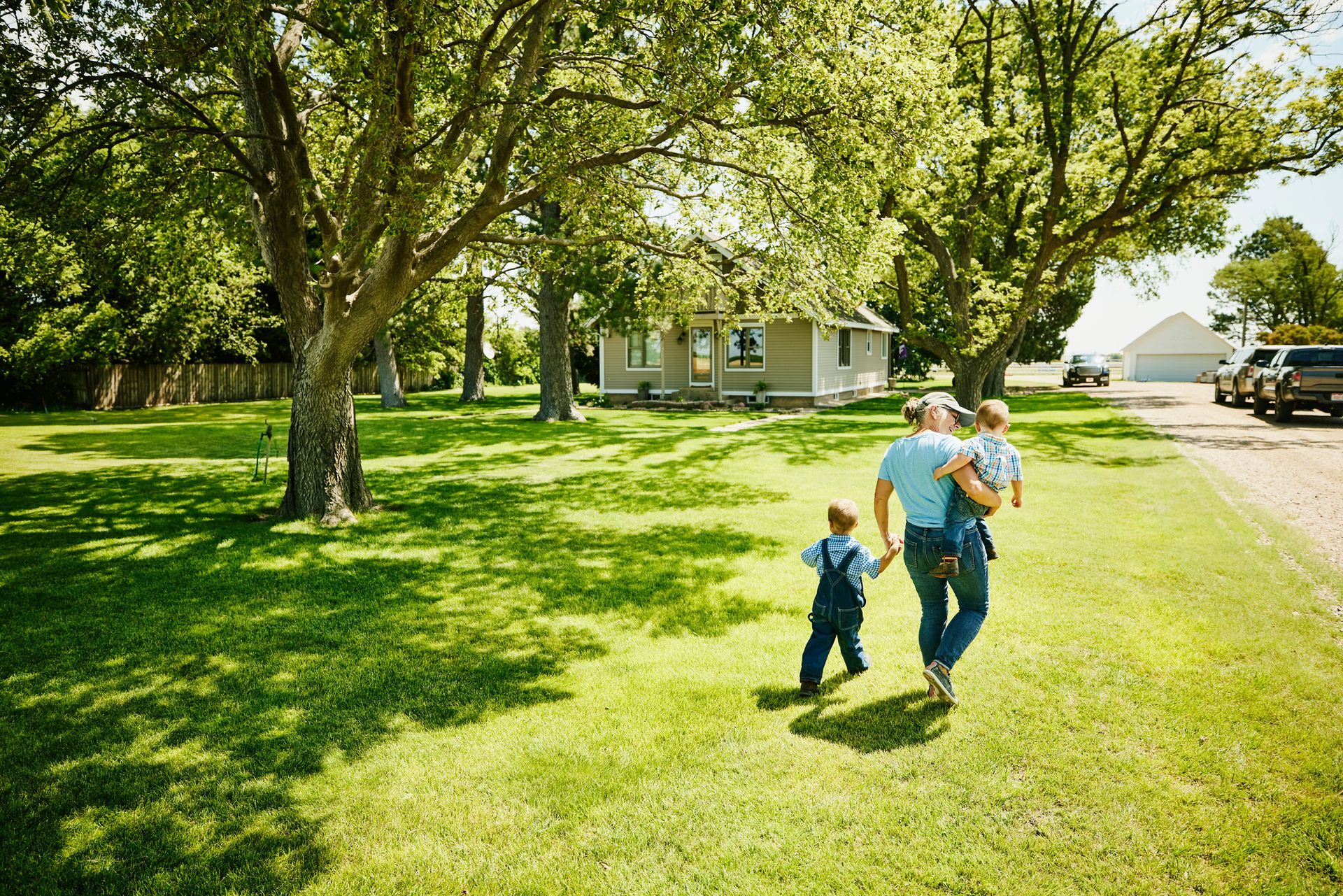
If you’re looking for professional tree services in Ballwin , MO, County Tree Service offers the expertise and equipment to handle all your tree care needs. From safe tree removal and expert trimming to stump removal and wood chipper services, we keep your property healthy and attractive. Our team understands the specific needs of Ballwin’s trees and environment. Whether it’s preventative maintenance or storm damage cleanup, we provide reliable, affordable tree services you can count on. For expert tree services in Ballwin, MO , contact County Tree Service today at 314-920-7263 for a free estimate.
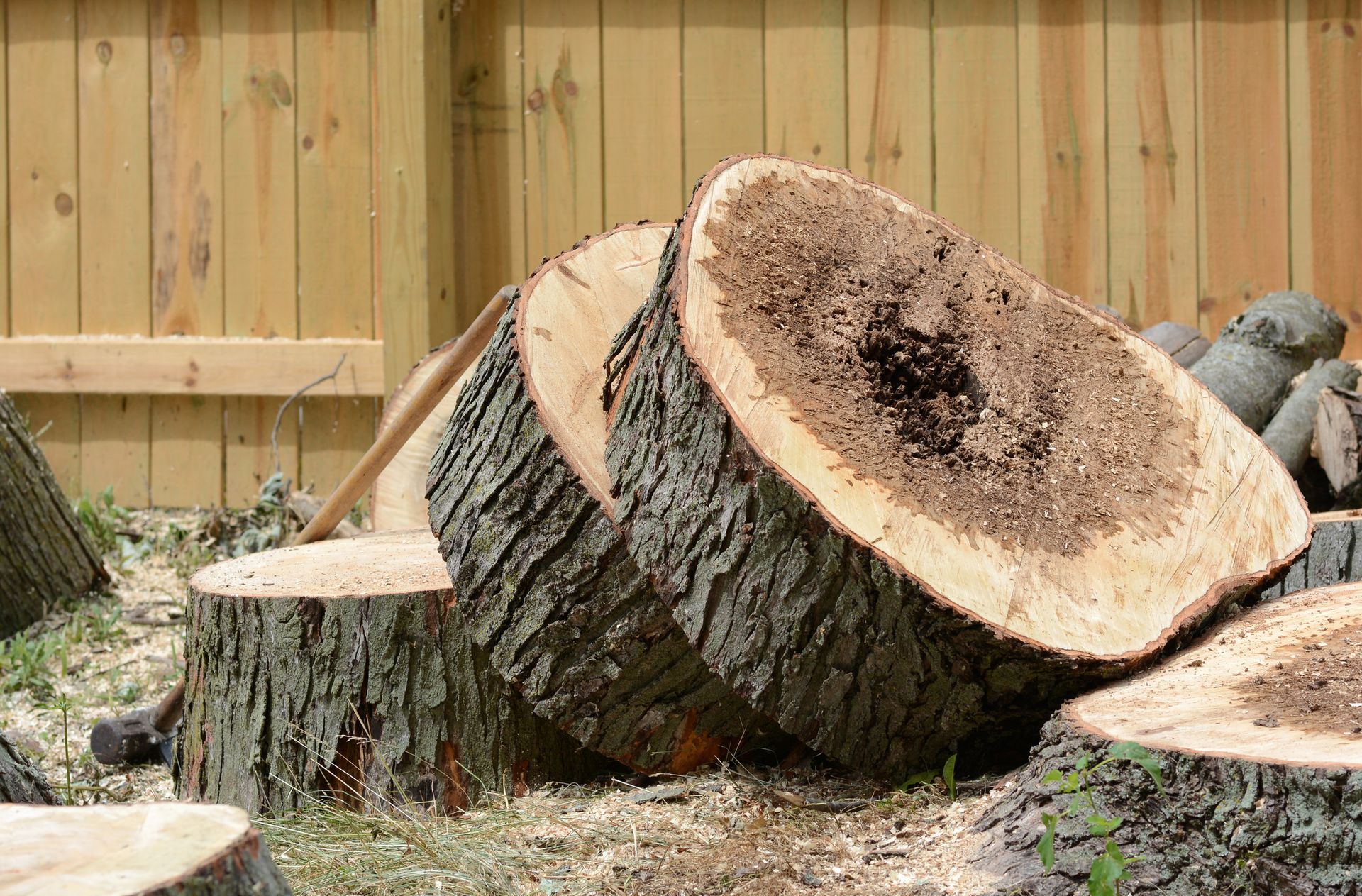
For professional and trustworthy tree services in Chesterfield, MO , County Tree Service is your local expert. We provide comprehensive tree care solutions to keep your property safe, healthy, and looking great all year long. Our team offers a full range of services including tree removal , tree trimming , stump removal , and wood chipper services . Whether it’s routine maintenance or emergency tree work, we handle every job with precision and care. Chesterfield’s climate and environment can challenge your trees, but with our expert tree services in Chesterfield, MO , you can rest easy knowing your trees are in good hands. Contact County Tree Service at 314-920-7263 today for a free estimate and expert advice on your tree needs.

